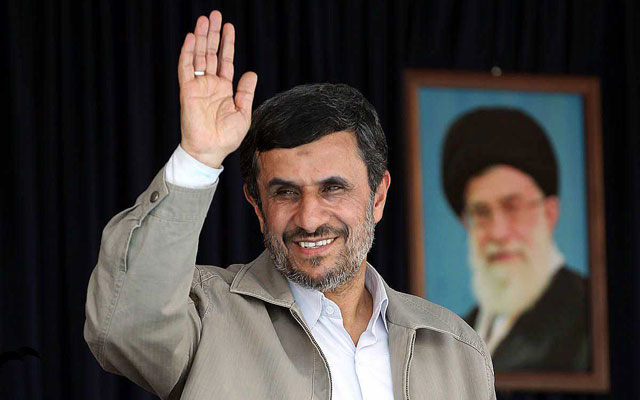Iran’s Election: Little Hope for Change
James Phillips /
Iran’s theocratic dictatorship has gone to great lengths to shore up its crumbling domestic legitimacy with a facade of democratic process. But today’s presidential election will be a tightly controlled exercise in political choreography that offers little real choice for the long-suffering Iranian people and even less hope for meaningful change in Iran’s hostile policies.
Iran’s constitution vests the Supreme Leader, Ayatollah Ali Khamenei, with the authority to overrule any president on any issue. He also operates behind the scenes to determine who is allowed to run for president, which makes the exercise more of a selection than an election. Although almost 700 Iranians sought the presidency—the regime selected only eight candidates, dubbed the “eight dwarves” by disgruntled Iranians—to appear on the ballot.
Six of the eight are protégés of the Supreme Leader. While two candidates dropped out of the race, the frontrunner still appears to be Saeed Jalili, a longtime adviser to Khamenei who now serves as Iran’s negotiator on the nuclear issue. Jalili is an uncompromising revolutionary who has dismissed popular concerns about Iran’s defiant nuclear policy and blamed Iran’s worsening economic troubles on current President Mahmoud Ahmadinejad, rather than on the international sanctions imposed on Iran for its nuclear efforts, terrorism and human rights abuses.
Other hard-line candidates could eclipse Jalili. Tehran Mayor Mohammad Qalibaf—a former member of the Revolutionary Guards, air force commander, and national police chief—has used his municipal budget to develop popular support. Former Foreign Minister Ali Akbar Velayati also could challenge Jalili.
Hassan Rowhani, the most moderate candidate, could benefit from a divided hard-line camp. Yet even if he emerged as the winner, it would make little difference in Iran’s policies on the issues most important to the United States: nuclear weapons, terrorism, Syria, and human rights. The Supreme Leader is the key decision maker on these policies and has the final say on all important issues in Iran.
The Obama Administration has spent the past four years in a failed effort to diplomatically engage Iran to resolve the nuclear impasse. Meanwhile, Congress has ratcheted up sanctions on Iran, often over the Administration’s objections. Sanctions are finally starting to bite in Iran to the point that Iran’s presidential candidates publicly admit that the sanctions have severely undermined the economy.
But sanctions alone are unlikely to force Tehran to negotiate an acceptable solution to the nuclear issue. Ayatollah Khamenei must be convinced that continuing down the nuclear path will result in the fall of his regime. Until he has reached that conclusion, it does not matter who becomes president of Iran.

